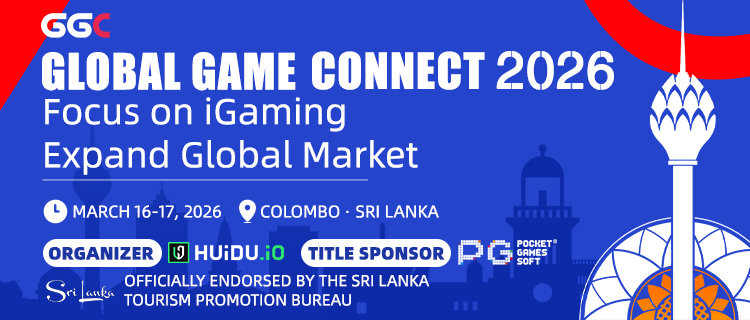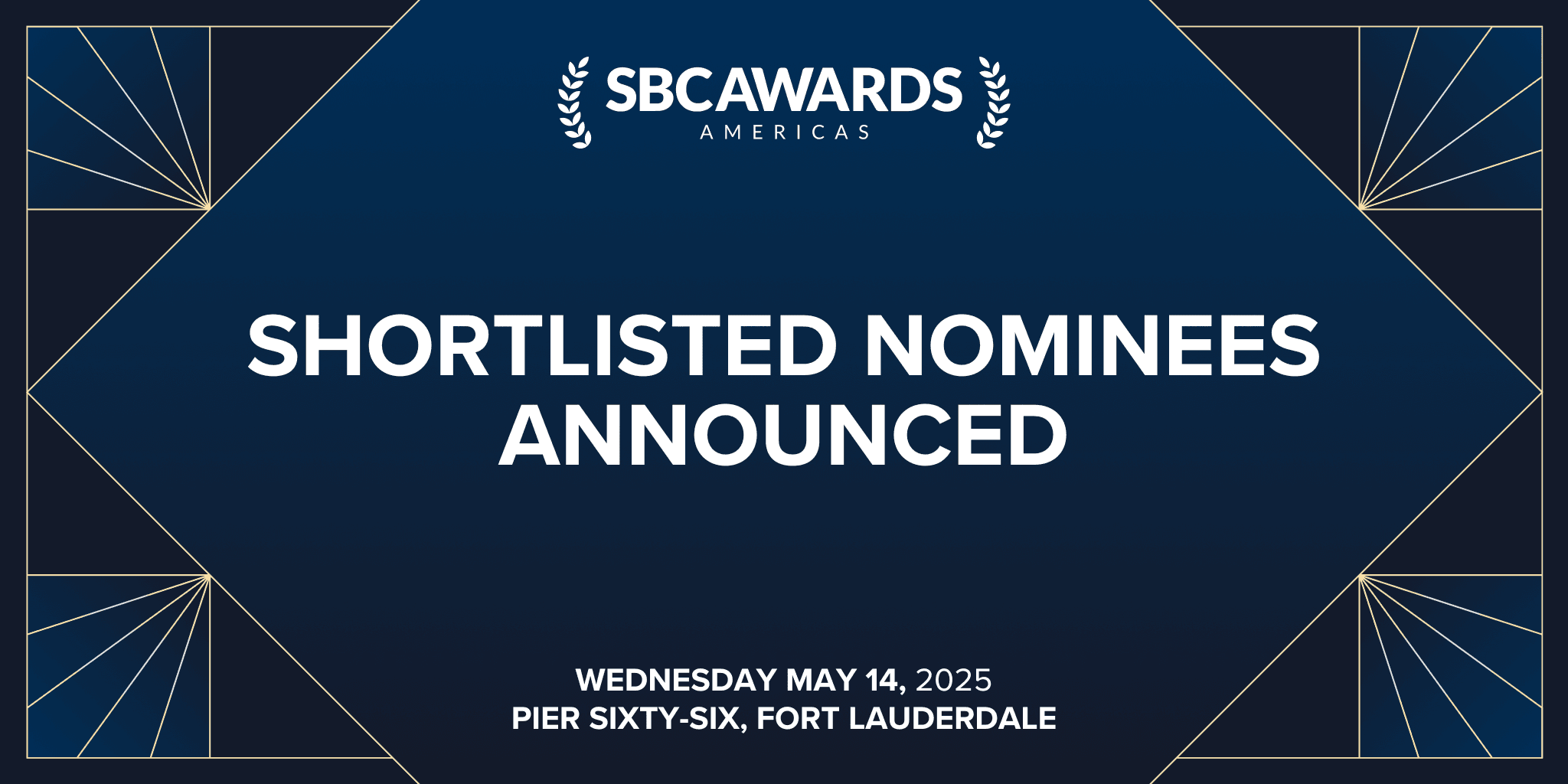
The American Gaming Association (AGA) recently published a survey showing what it describes as “near universal” awareness of responsible gaming tools among U.S. gamblers, alongside widespread confidence in their effectiveness. But a separate study commissioned by GambleAware in the UK suggests that some so-called “safer gambling” adverts produced by operators may actually encourage people to gamble more.
Practical tools seen as effective
According to the AGA’s Responsible Gaming: Awareness & Perceived Effectiveness report, “84% of past year gamblers are aware of at least one responsible gaming tool”. The survey, conducted by YouGov with 2,010 U.S. adults, found that most tools are widely regarded as effective.
In the report, the AGA notes that 91% of gamblers aware of credit restrictions see them as effective, along with 84% for deposit limits, 83% for employee training, 82% for wager limits, 80% for self-exclusion programmes, 75% for reality checks, and 74% for time limits.
Budgeting habits were also reported to be strong. The data show that “80% of casino gamblers’ always’ or ‘usually’ set a budget before gambling at a casino and 90% of them ‘always’ or ‘usually’ stick to it”. For sports betting, the figures were 60% and 85%, while among online casino players, 56% set a budget and 78% stick to it.
The industry has also promoted its “Play Smart from the Start” initiative, which the report says “fills key consumer need.” According to the findings, “87% of past year gamblers say it is important for the gaming industry to promote and encourage responsible gaming among its customers” and “85% of past year gamblers have a favourable impression of the messaging around Play Smart from the Start”.
Independent research warns of ‘backfire effect’
While the AGA highlights tools and industry-led messaging, GambleAware’s study suggests advertising campaigns from operators may not have the intended effect.
The charity commissioned a Randomised Controlled Trial to test five different “safer gambling” adverts. The findings, published in August, suggested some of these adverts were actually increasing gambling behaviour.
GambleAware warned that “some gambling industry adverts designed to promote safer gambling are instead increasing gambling behaviour.” Its report said the adverts reinforced “the idea that gambling is safe and ‘harmless fun’, creating a false sense of security, and subtly downplaying the risks from gambling.” Almost half of the viewers of one operator’s advert felt it “suggested gambling is harmless fun.”
The research tested adverts from William Hill and 888. It concluded: “‘Top Tips for Positive Play’ (William Hill) and ‘Made to Play Safely’ (888), led to a significant increase in click-through rates compared to the control.” The researchers wrote: “These videos may encourage gambling engagement, potentially due to their framing or the promotional nature of their messaging.”
Professor Elliot Ludvig, who led the trial, commented: “This study suggests that some safer gambling videos from gambling operators have a backfire effect, encouraging gambling and having the opposite effect to their intended purpose of helping people control how much they gamble.”
However, GambleAware’s own “Magnets” stigma video was found to have the opposite effect. It was able to produce a “statistically significant decrease in click-through rates.” Researchers said: “The serious tone and personal narratives may have contributed to this impact by fostering greater awareness of gambling harms.”
That contrast suggests the issue may not be with public awareness campaigns themselves, but with how they are designed. While operator-led adverts often emphasised gambling as “harmless fun,” GambleAware’s stigma campaign leaned into personal stories and a more serious tone. The difference points to a possible middle ground: finding ways to deliver messages that raise awareness of risks without inadvertently encouraging more play.
Younger audiences at greater risk
The GambleAware research also pointed to age-related vulnerabilities. It found that those aged 18-34 were “over three times as likely as those aged 55+ to engage with gambling adverts in the experiment.”
The data showed that “clicks to the gambling app were driven by those aged 18-34, and those experiencing problems with gambling.” Among participants with a Problem Gambling Severity Index (PGSI) score of 8+, “34% who watched William Hill’s video clicked through to the gambling app, compared with just 5% of those aged 55+.”
For GambleAware, these results underline the need for stronger oversight. Alexia Clifford, the charity’s Chief Communications Officer, said: “The gambling industry cannot be left to ‘mark its own homework’ on such an important issue. We need stronger legislation on gambling marketing and advertising, including more effective monitoring of gambling industry-led advertising campaigns, health warnings on all gambling advertising, and for all adverts to signpost to where people can get help for gambling harms.”
In the meantime, in the United States the AGA has been pushing operators to adopt best practices and promote responsible play more actively. By combining practical tools such as deposit limits with awareness initiatives, the AGA argues the industry can help players stay “informed and in control.”



 2025-10-03
2025-10-03















